The Gaza Peace Plan pushed by US President Donald Trump continues to hold.
The nearly two dozen living hostages have been released by Hamas. On the other side, Israel has released 2,000 Palestinians from its prisons.
Trump, who met the families of the hostages on Monday, also addressed Israel’s parliament. The US President in his address declared that the “long and painful nightmare is finally over.” He added, “This is a historic dawn of a new Middle East.”
However, a number of issues remain unresolved. Here’s what we know and what could happen next.
Let’s take a closer
Where are the hostages’ bodies?
According to the terms of the ceasefire agreement, Hamas was supposed to hand over all its prisoners taken on 7 October 2023 to Israel, including the bodies of the over two dozen dead. According to most analysts, this first step of the peace plan was supposed to be the easiest.
However, there are already problems. This is because the militant group has given Israel just four bodies thus far – Guy Illouz, Yossi Sharabi, Bipin Joshi and Daniel Peretz. Hamas is yet to hand over the other two dozen bodies of Israeli citizens.
Why Hamas has not adhered to the terms of the peace deal remains unclear. It is possible that the militant group was unable to locate the remains of the rest by the time the deadline had lapsed. However, Israel has already made its displeasure clear.
“We demand that Hamas uphold its part of the agreement,” an Israeli spokesman said. We “will not rest until all return to their families and to burial in Israel,” the spokesman added. Israel earlier said an international task force would be convened to find bodies that have not been returned.
"We're very committed to \[the peace deal\]," Israel Defense Forces spokesperson Lt Colonel Nadav Shoshani told CBS News. “The agreement specifically says 72 hours for when IDF redeploys on the new line … That is past already, and not all hostages have returned yet, so we understand what we’re dealing with.”
Will Israel completely withdraw its troops?
According to the 20-point peace agreement pushed by Trump, the Gaza war was to “immediately end".
Israel was to withdraw its troops from Gaza in three stages. Ahead of the hostage exchange, Israel already withdrew some of its troops from Gaza City, Khan Younis and some other areas. However, Tel Aviv still controls around 53 per cent of Gaza, including Rafah and the strip of Gaza’s border with Israel. The White House has said this will reduce to 40 per cent next and 15 per cent later.
Finally, a "security perimeter" would "remain until Gaza is properly secure from any resurgent terror threat". However, it remains unclear when Israel will completely withdraw its forces. Hamas during the negotiations was suspicious that Israel, after the hostages were released, would find a way to launch a fresh reinvasion of Gaza. Hamas agreed to the deal on the word of Trump.
Will Hamas disarm?
Israel, on the other hand, is laser-focused on whether or not Hamas will disarm. The plan called for Gaza to be demilitarised and all “military, terror and offensive infrastructure” to be destroyed. It also states that Hamas members will be granted amnesty if they hand over their weapons and choose to live peacefully or be granted safe harbour to another country.
However, Hamas, thus far, has not agreed to disarm. It previously said it would do so only after a separate Palestinian state is established. It is keeping a keen eye to see whether Israel withdraws its troops from the territory. Netanyahu, who earlier vowed to ‘finish the job’, said last week that Israel is “tightening the noose around Hamas from all sides”. He yet again vowed to demilitarise Gaza.
“Hamas will disarm and Gaza will be demilitarised. If this can be achieved the easy way, all the better; if not, it will be achieved the hard way,” Netanyahu said hours before the Israeli cabinet approved the peace deal.
Who will govern Gaza?
This remains perhaps the biggest obstacle to a lasting peace.
Trump, under the plan, has pushed for a ‘Board of Peace’ to oversee the administration of Gaza, with Palestinian technocrats running the day-to-day affairs. He has proposed that he and former UK Prime Minister Tony Blair would co-chair the board. Meanwhile, a group of experts would create a plan to “rebuild and energise Gaza".
Both Trump and Netanyahu have repeatedly said Hamas can play no role in the future of Gaza. According to the plan, the Palestinian Authority (PA), which is run by the Hamas rival Fatah, will govern Gaza. However, Netanyahu himself had previously opposed such a plan for the PA and its leader Mahmoud Abbas, who is increasingly unpopular with the Palestinian people, from doing so. Hamas, again, has not committed to these terms. It previously said it assumes it will play a future role in Gaza under “a unified Palestinian movement”.
What happens next?
The plan calls for an international peacekeeping force to be deployed in Gaza.
The force of around 200 people will comprise troops from Arab states including Egypt, Qatar, Turkey and the United Arab Emirates. The plan says Palestinian police, trained by Egyptian and Jordanian forces, will be deployed in Gaza as Israel’s troops leave. The Palestinian police would work hand-in-hand with the international security force to secure the border.
These forces, who will be supervised by the US military, will monitor the ceasefire. The United States has said it will not put any boots on the ground in Gaza.
The World Bank estimates that $53 billion (Rs 4.71 lakh crore) will be needed to completely rebuild a decimated Gaza. Egypt, which hosted the peace summit on Monday, said it will hold a three-day conference on the matter.
UK Prime Minister Keir Starmer, who attended Monday’s Gaza Peace Summit, has already committed $27 million (Rs 240 crore) towards rebuilding efforts. Starmer also said Britain will hold a three-day summit to discuss the same.
But will a separate Palestinian state be established? The peace plan recognises that establishing a separate state is “the aspiration of the Palestinian people.” However, though more and more nations around the world are openly committing to the two-state solution, it remains unclear if and when this could be discussed. Netanyahu has consistently said that the creation of a Palestinian state is a non-starter.
The next phases of the peace plan must also be negotiated – which experts say will be no easy feat given the outstanding issues that must be resolved. It must be noted that neither Netanyahu nor Hamas attended yesterday’s Gaza Peace Summit. The delicate peace could easily break down if the negotiations go nowhere and Netanyahu could easily order troops to return to Gaza.
With inputs from agencies


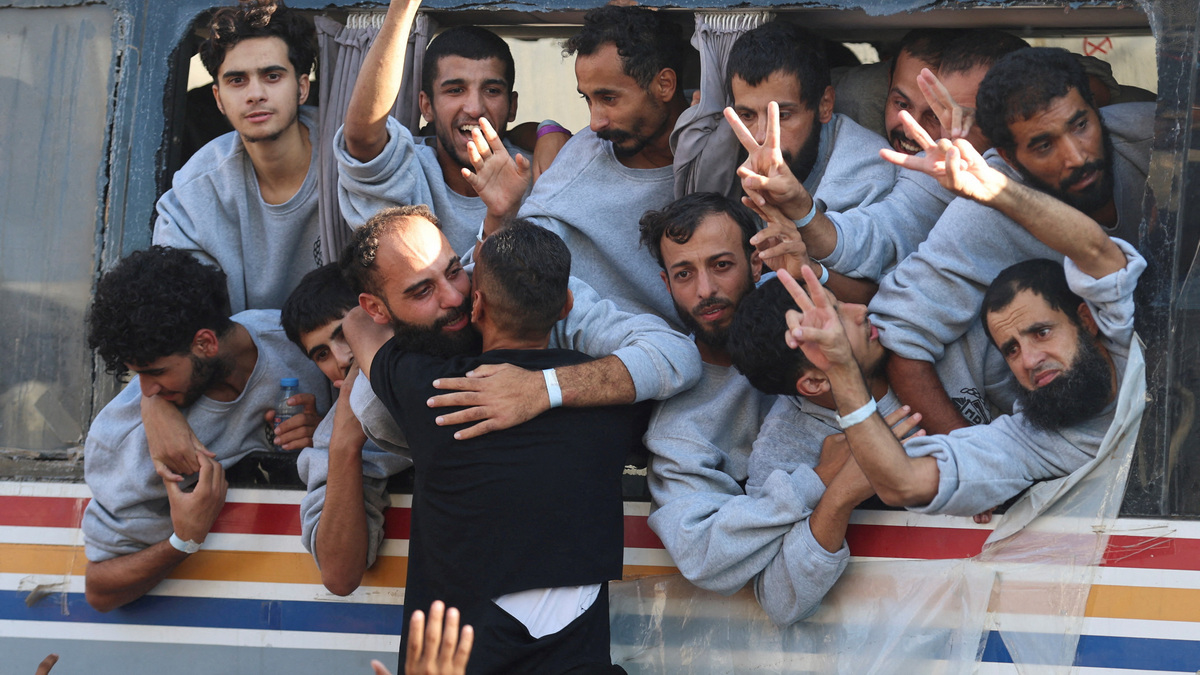)
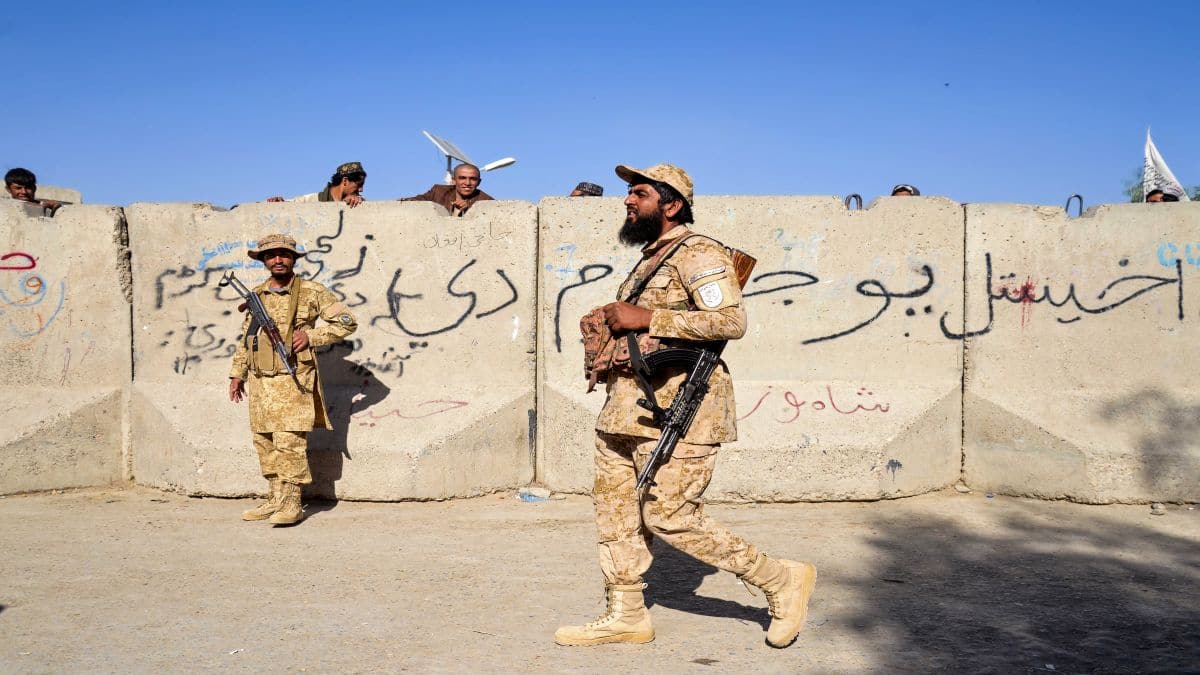
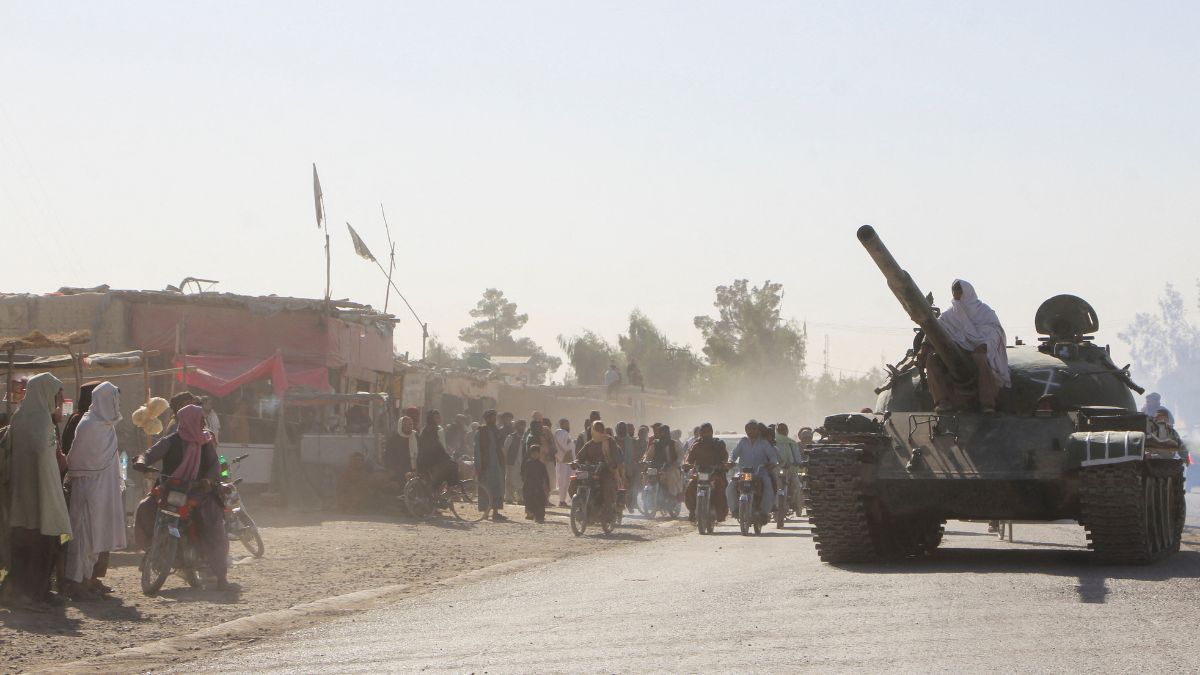)
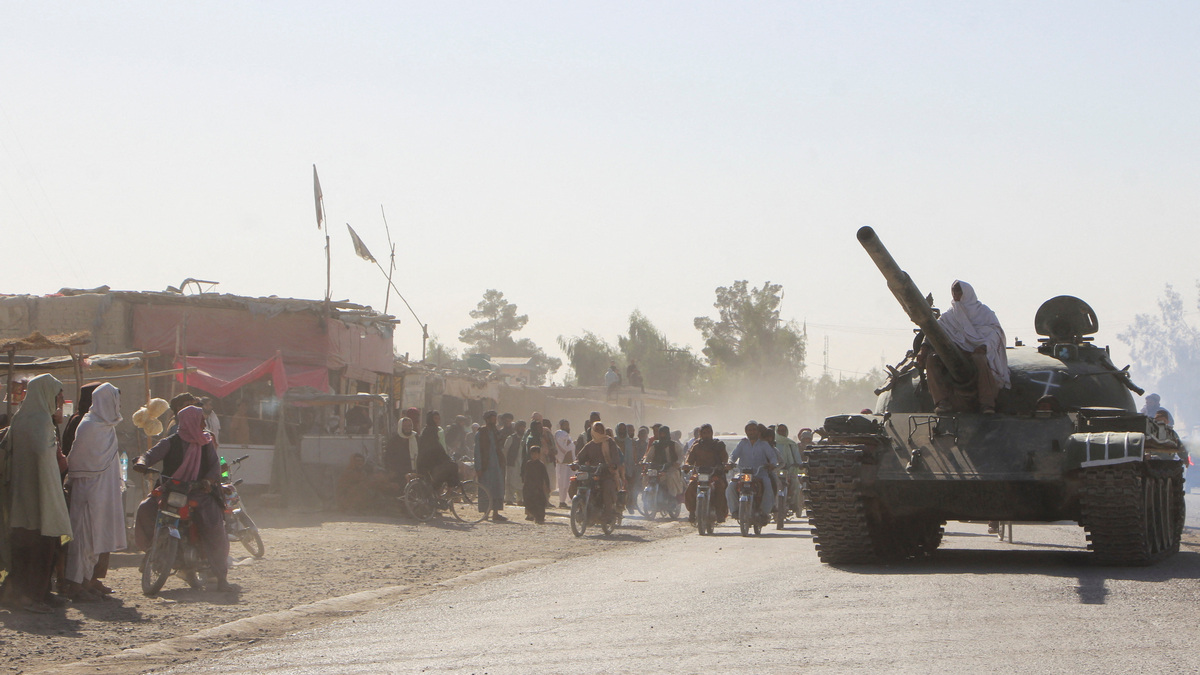)
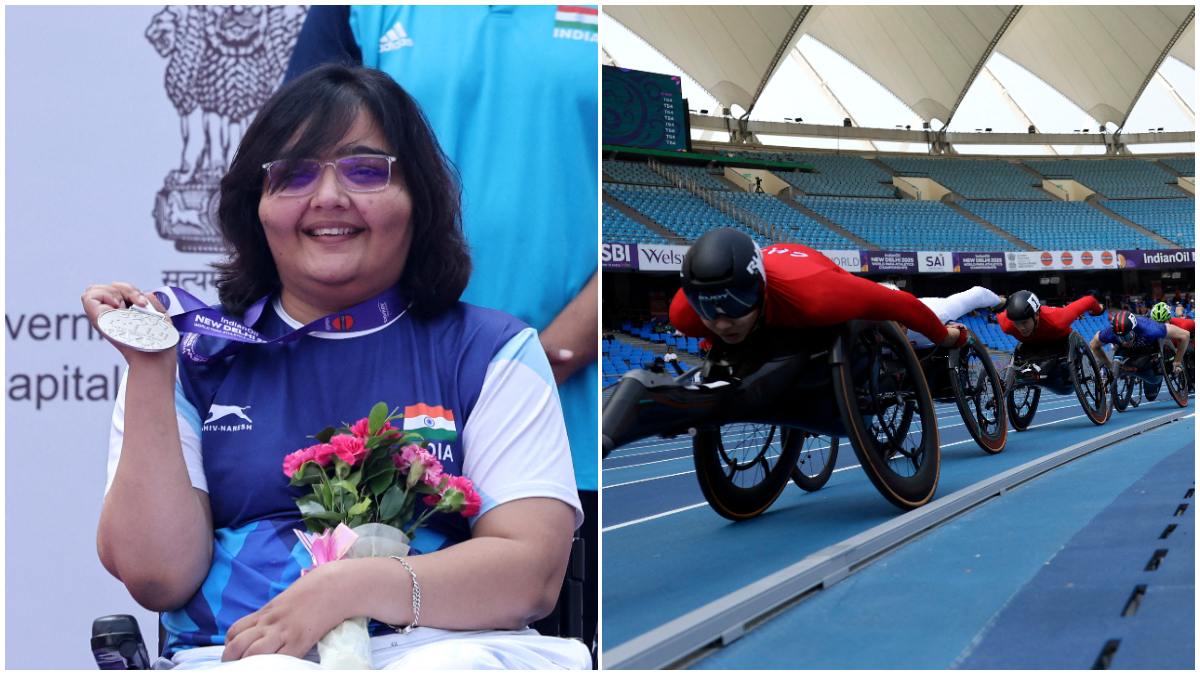)
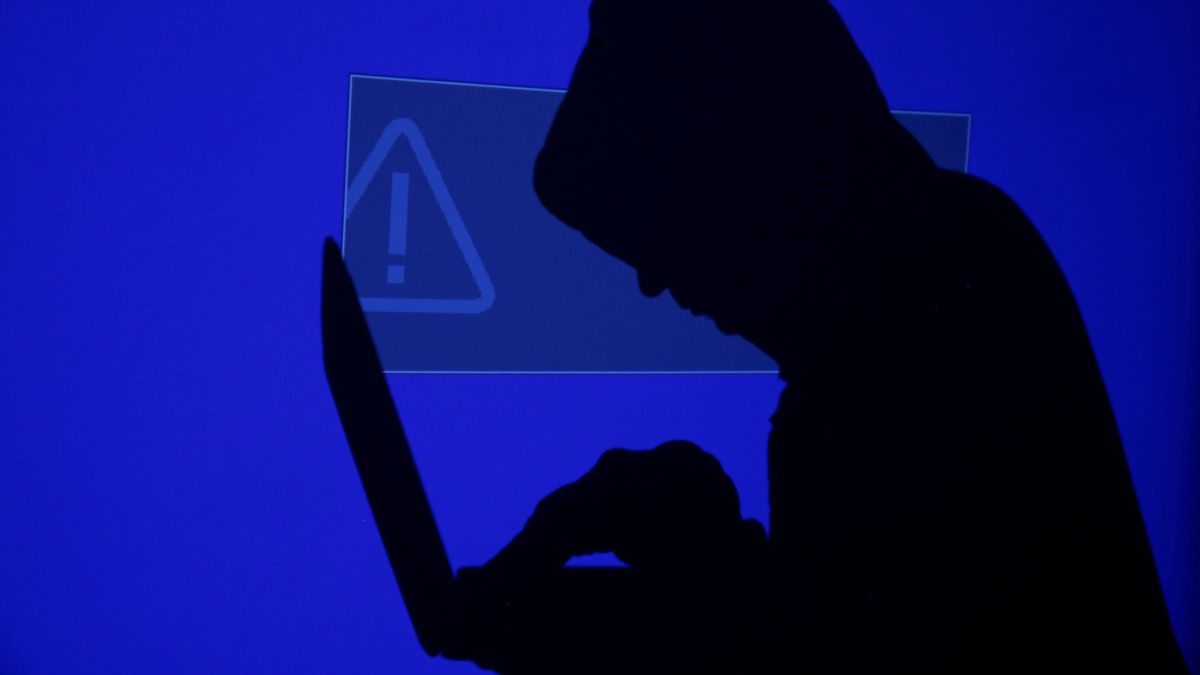)
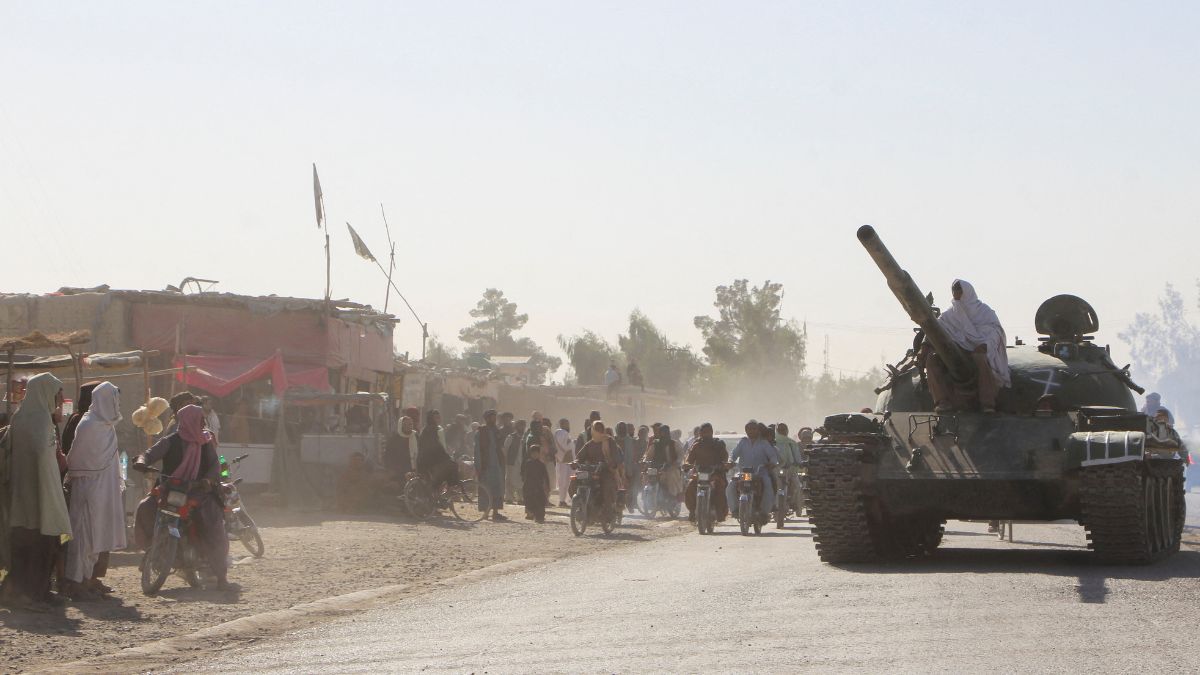)
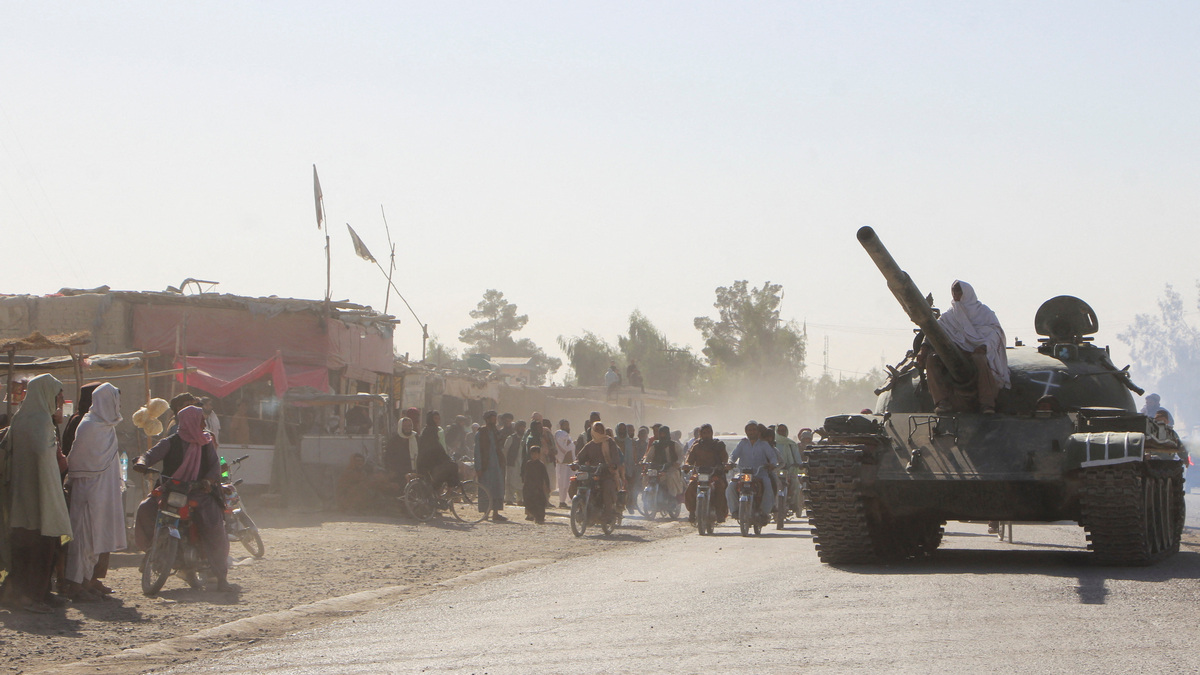)
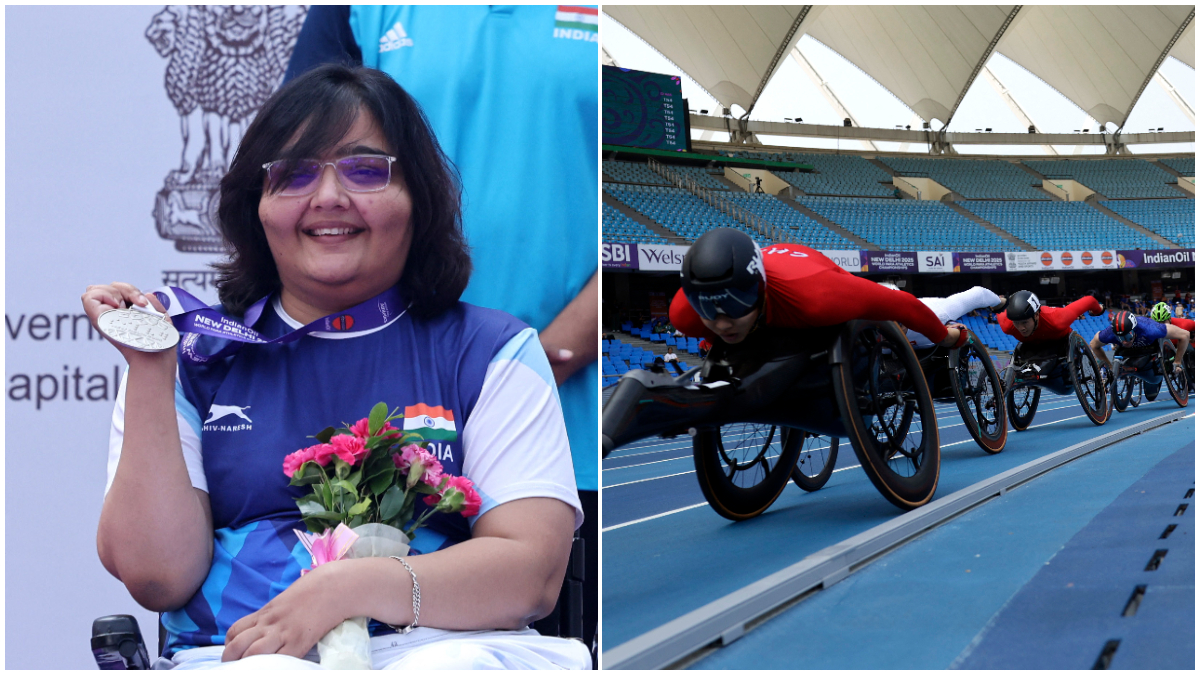)
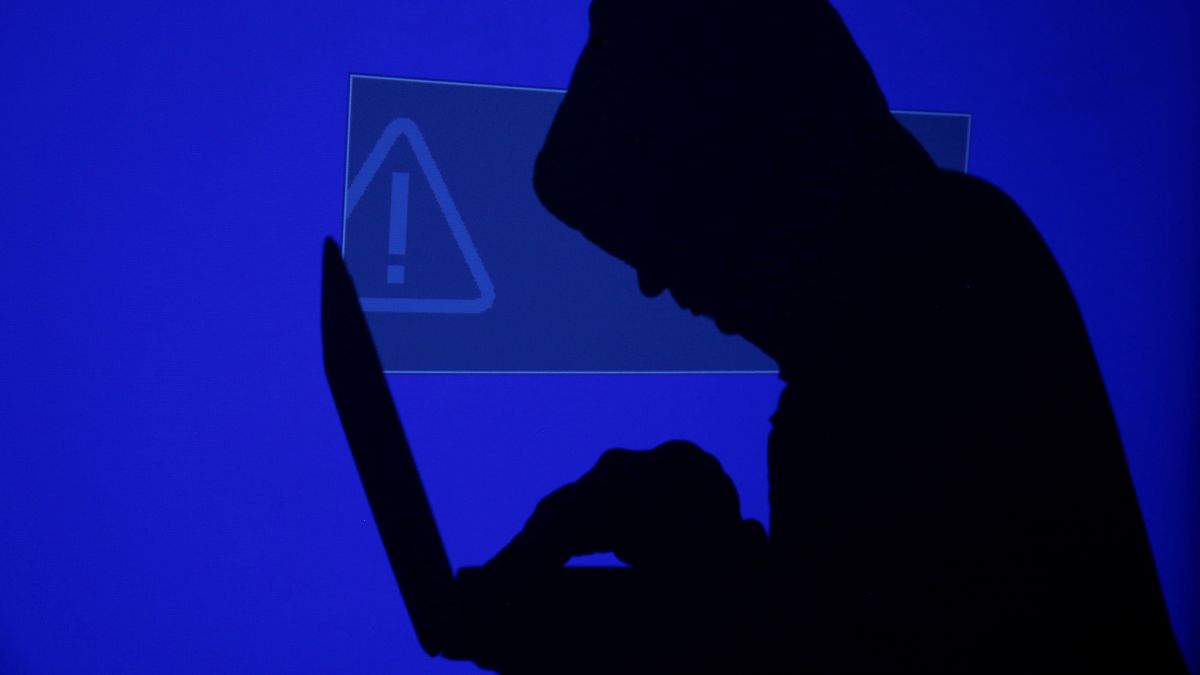)



